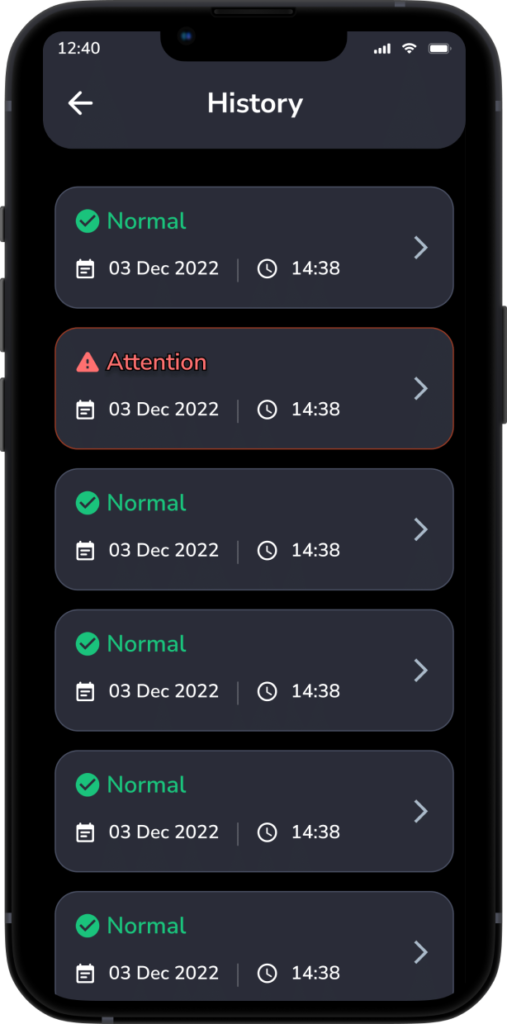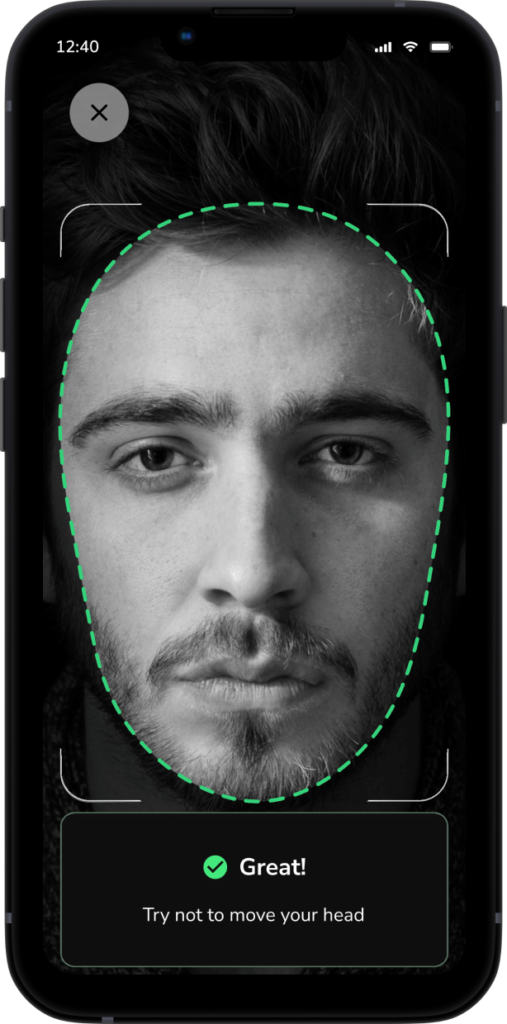How does BrainEye work?
Healthcare professionals have been measuring eye movements for decades to better assess patients’ brain health. The science is proven, but traditional collection methods can be subjective and inconsistent.
BrainEye, through the use of a smartphone app, is able to collect eye biomarkers in a smarter, more efficient and reliable way.
The technology behind the BrainEye platform
Smartphone
The BrainEye app uses a smartphone to capture the subject’s eye movements
Baseline
Baseline tests are administered using the BrainEye app when brain health is at its optimum
Real time assessment
The tests are repeated at any point to gauge changes in brain health and then periodically until full recovery
Extract & Upload
Eye markers are extracted in real-time and uploaded to the cloud
Analysis
BrainEye analyses test results and identifies any changes from previous tests
Big Data & AI
Accumulation of datasets from all tests are used for ongoing improvement of machine learning models

Measurements & Tests
A doctor might shine a torch in your eye or move a finger from side to side to observe how your eyes respond. By digitising traditional testing procedures BrainEye gives a far more accurate and objective result than can be achieved by manual tests. In addition, BrainEye is able to extract several other ocular markers that cannot be seen by the naked eye.
Capture and calibrate
The BrainEye app guides the user through both the calibration and simple eye testing procedures. By taking images of the pupils and irises, the app is able to provide accurate brain health data, in real-time.


Instant results of test
The results of each individual test are uploaded to the BrainEye cloud. The user is provided with a summary of their results. The raw data is converted into a series of detailed graphics.
Want to learn more?
If you are interested to learn more about BrainEye technology, we’d love to hear from you.
